How to select right thermocouple for your application?
- To select an ideal thermocouple first we need to understand the need of measurement application and requirement.
- Factors affecting temperature change
- Accuracy required- impact of sensor accuracy on overall measurement accuracy.
- Length of deployment
- Thermocouple material selection
- Selection of the Measuring Junction
- Durability
- Range of temperature which is to be measured.
- Determine the maximum and minimum range in which you want to measure the temperature and select the thermocouple with higher Maximum temperature range.
- Check whether the linearity of thermocouple meets the range requirement.
- Environmental Consideration
- Select the correct sheath material to resist chemical reaction.
- Perfect isolation to resist noise protection.
- Thermocouple should withstand vibration and abrasion.
- Appropriate connectors and cables to be used between thermocouple and measuring instruments.
- Appropriate measuring instrument should be used to give an accurate result.
How to select right Thermowell for your application?
- Select the thermowell material according to the temperature range and the environment (corrosive, oxidizing etc.) in which it is to be used.
- These wells can be made from different materials like SS304, SS316, HRS446, Inconel, Monel, Ceramic, etc.
- According to the construction of Thermowell (Steeped Shank, Straight Shank, Tapered Shank)
- Steeped Shank- Provide faster response time and lower drag force.
- Straight Shank- Extremely strong, but response time is slower and drag force on the fluid flow is high.
- Tapered Shank- Provide good response time and strength.
- Thermowell Insertion Length
- For best temperature measurement accuracy, the “U” dimension should be long enough to permit the entire temperature-sensitive part of the measuring instrument to project into the medium being measured.
Liquid temperature measurement: One inch or greater.
Gas temperature measurement: three inches or greater.
- For best temperature measurement accuracy, the “U” dimension should be long enough to permit the entire temperature-sensitive part of the measuring instrument to project into the medium being measured.
- Resistance to vibration.
- Fluid flowing past the well forms a turbulent wake (the Von Karman Trail), which has a definite frequency based on the diameter of the well and the velocity of the fluid.
- The thermowell must have sufficient stiffness so that the wake frequency will never equal the natural frequency of the thermowell itself. If the natural frequency of the well were to coincide with the wake frequency, the well would vibrate to destruction and break off.
- To avoid the Thermowell failures caused by excessive pressure, drag forces, high temperature, corrosion, vibrations, it is recommended to run thermowell calculations based on your applications:
- Maximum or operating temperature
- Maximum or operating pressure
- Fluid(gas or liquid) velocity
- Fluid Density.
Source : Tempsens
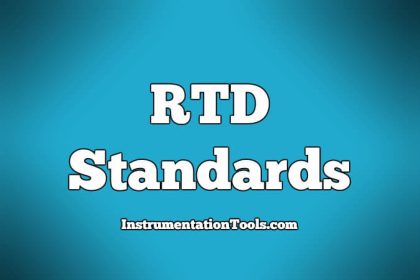
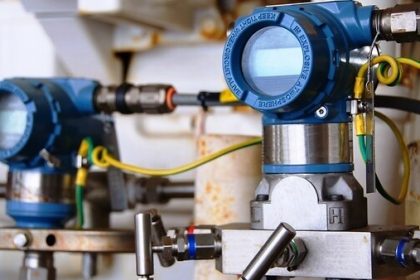
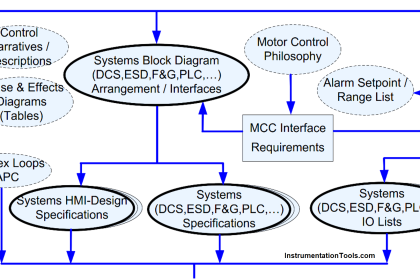
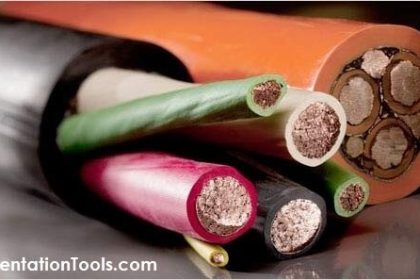
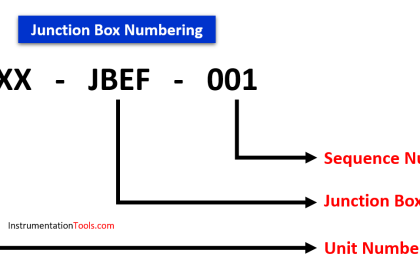
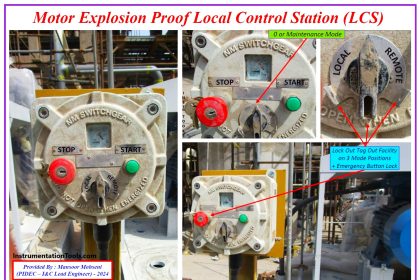
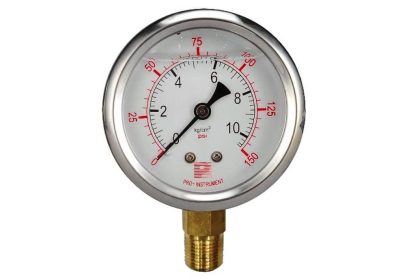
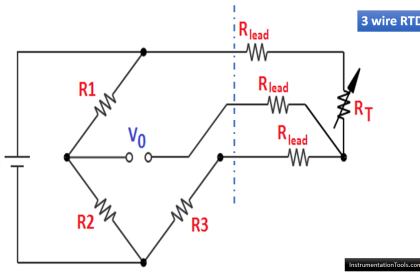

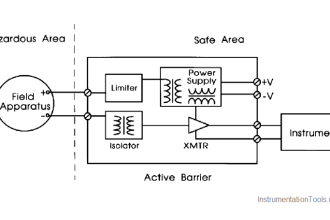
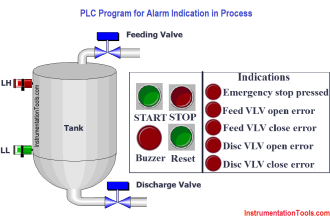
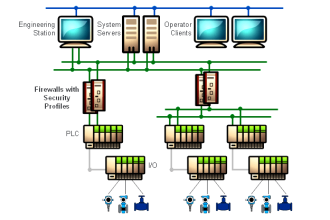
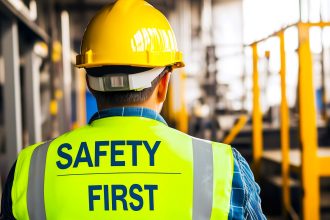
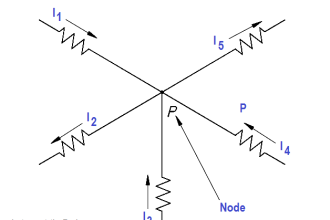
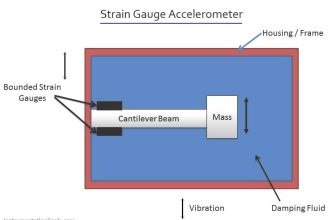

Hi I want to know types of thermocouples how many type and how to use
Thanks